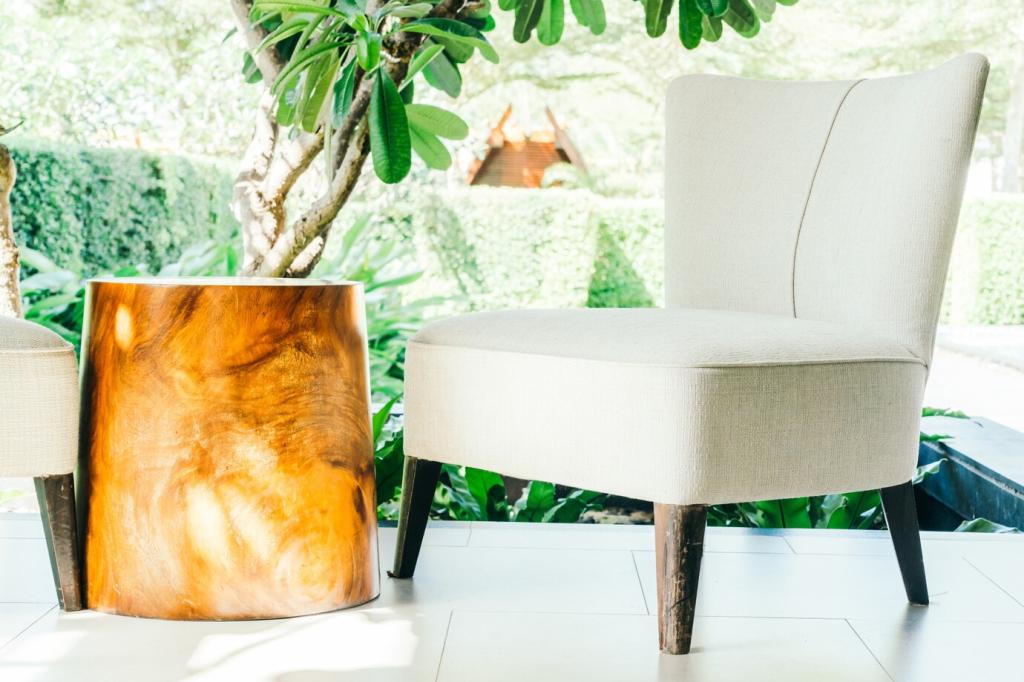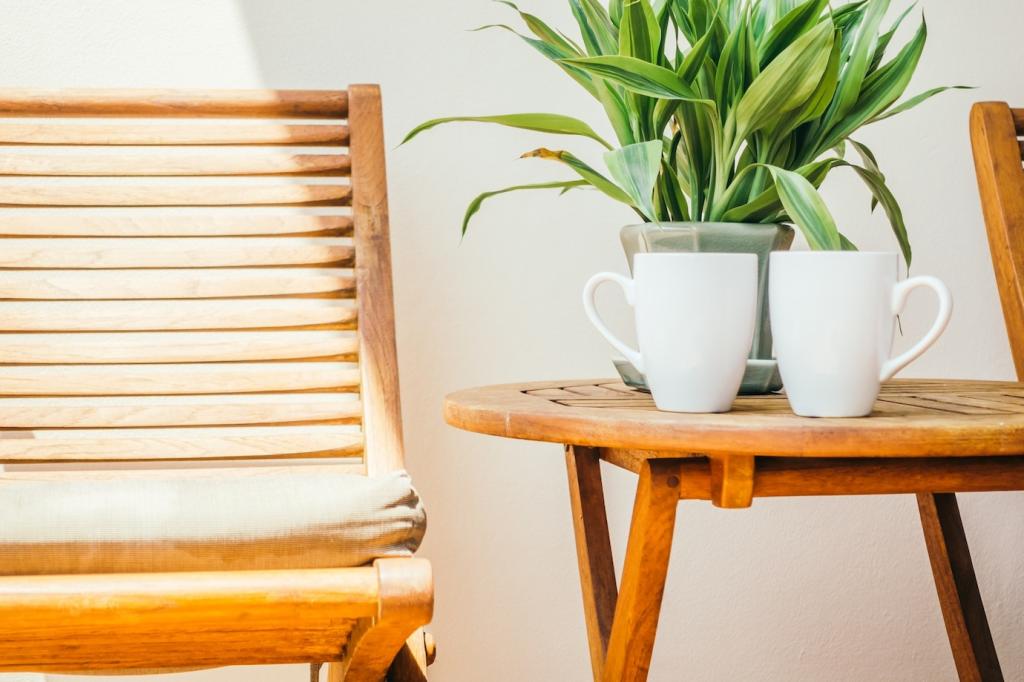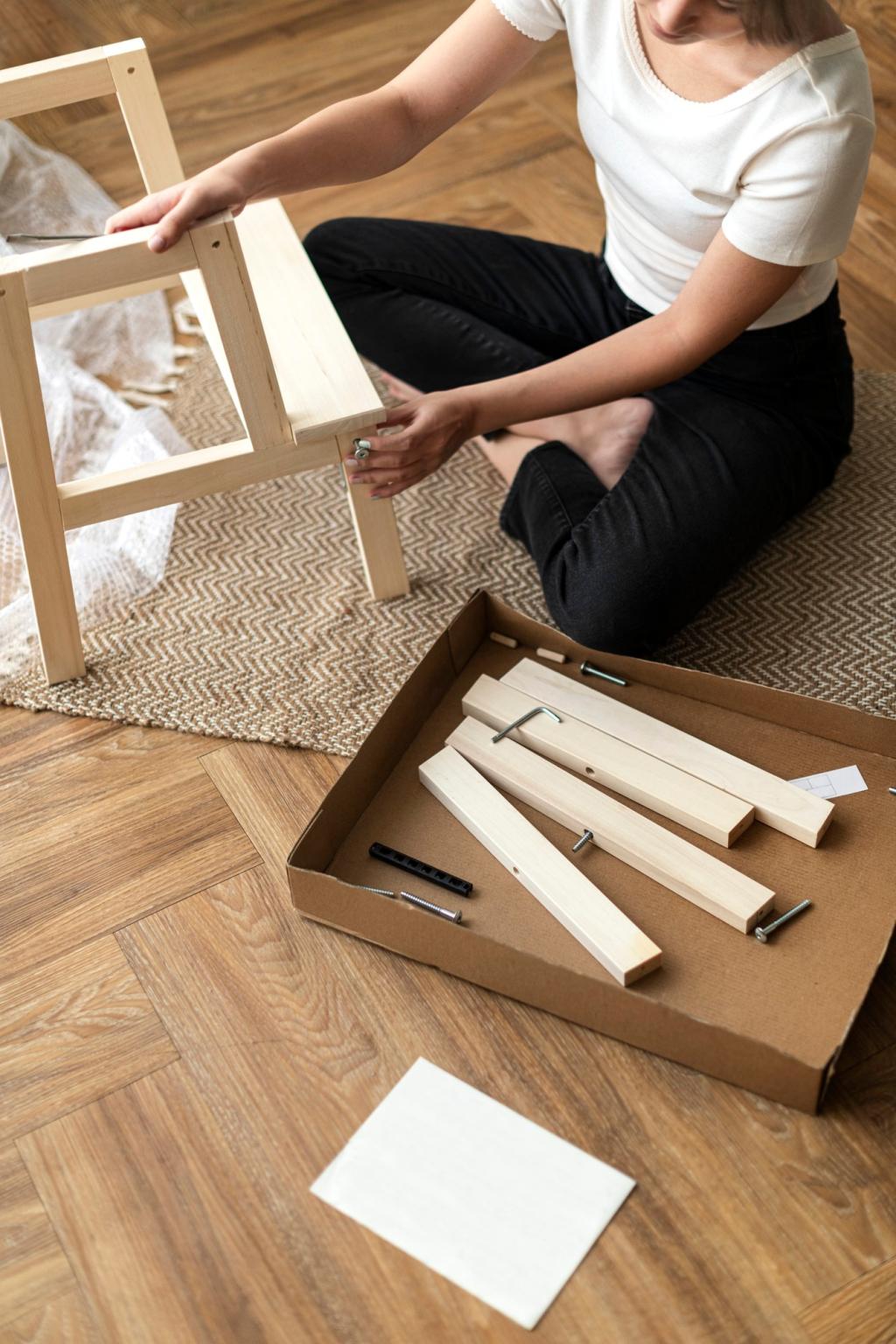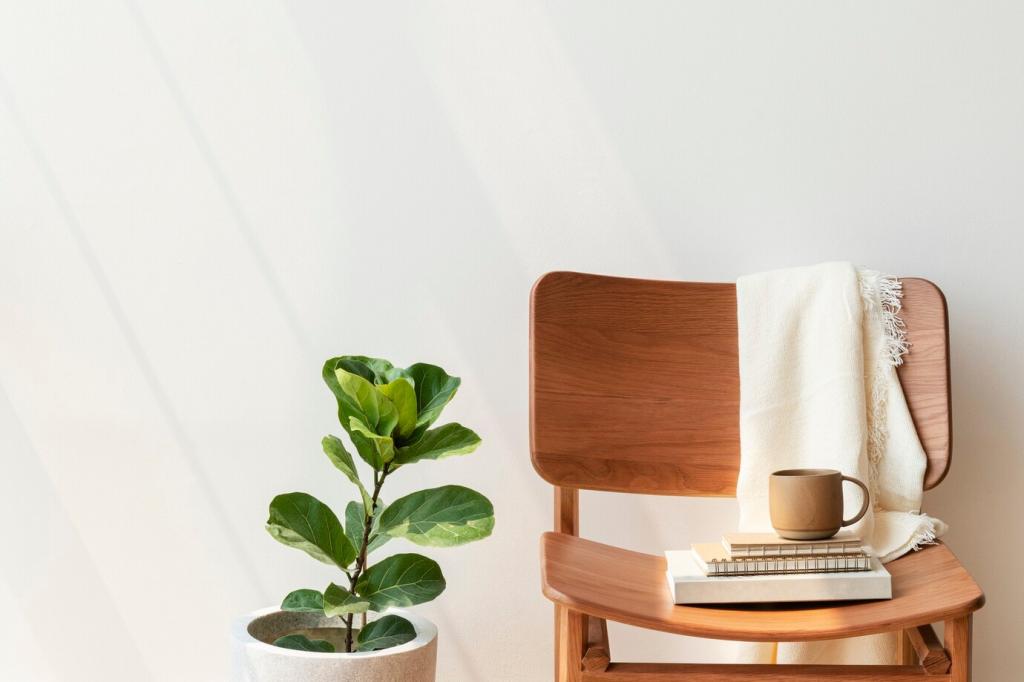Biodegradable Furniture Solutions: Design That Gives Back to the Earth
Today’s chosen theme: “Biodegradable Furniture Solutions.” Step into a world where chairs, tables, and storage pieces are crafted to serve beautifully, then safely return to soil—merging craft, material science, and everyday life into one hopeful, practical vision.
Why Biodegradable Furniture Matters Right Now
01
From Waste Crisis to Circular Comfort
Bulky furniture is one of the fastest-growing waste streams globally, with many pieces locked together by glues and coatings that last for decades. Biodegradable furniture is designed to decompose into nutrients, shrinking landfill loads while nourishing soil ecosystems.
02
Biodegradable vs. Compostable vs. Recyclable
Biodegradable materials break down through natural processes over time. Compostable materials do so under specific conditions, often industrial. Recyclable items are reprocessed into new materials. Knowing the differences helps you choose pieces that truly fit your disposal options.
03
Anecdote: The Chair That Returned to the Garden
When Maya’s family moved, a damaged prototype chair made from hemp shive and mycelium couldn’t travel. They disassembled it, mulched it into their compost heap, and months later used that rich soil to plant tomatoes their neighbors still talk about.
Materials That Return to Nature
01
Mycelium grown around hemp hurds or straw forms strong, lightweight cores for stools and side tables. When kept free from synthetic resins, these composites can biodegrade, turning agricultural byproducts into useful furniture rather than field waste or landfill fodder.
02
Starch-based, casein, or other bio-derived binders minimize lingering toxins compared to petrochemical adhesives. Mechanical fasteners—wooden pegs, wedges, and screws—allow clean disassembly. Reducing mixed materials frees components to compost, recycle, or return to repair loops easily.
03
Natural oils like linseed or tung, wax blends, and shellac provide protection without creating plastic-like skins that hinder decomposition. Avoid heavy polyurethane layers. A breathable finish extends useful life yet still respects the furniture’s end-of-life pathway.

Living With Biodegradable Pieces
Dust with a soft cloth, clean gently with diluted soap, and avoid harsh sprays that compromise compostability. Use coasters, wipe spills quickly, and keep ventilation steady. These small habits preserve beauty without adding coatings that impede biodegradation later.
Living With Biodegradable Pieces
A gentle patina tells a story, but prevent standing water, trapped moisture, and extreme heat that stress bio-based composites. Think breathable covers, felt pads under planters, and shaded spots that let materials age gracefully while staying structurally sound.


End-of-Life, Done Right
Check local compost rules first. Remove hardware, separate fabrics, and shred or break down thick parts for faster decomposition. If home composting isn’t feasible, community sites or brand take-back programs can handle controlled breakdown safely and transparently.


End-of-Life, Done Right
Look for credible labels like TÜV OK compost, OK compost HOME, and BPI for industrial compostability. Note that some bioplastics need industrial conditions. Certifications do not replace good design, but they help you verify claims and avoid greenwashing.
Impact, Community, and What Comes Next
Sourcing from nearby workshops cuts transport emissions and encourages regional material streams, from hemp fields to sawmills. Ask about packaging too—paper, cardboard, and compostable wraps keep the sustainability story intact from studio to living room.
Impact, Community, and What Comes Next
Tell us which biodegradable furniture projects you want to explore: kid-friendly desks, outdoor benches, or storage that composts cleanly. Subscribe for new guides, maker interviews, and field tests, and share your successes so others can learn from your journey.


